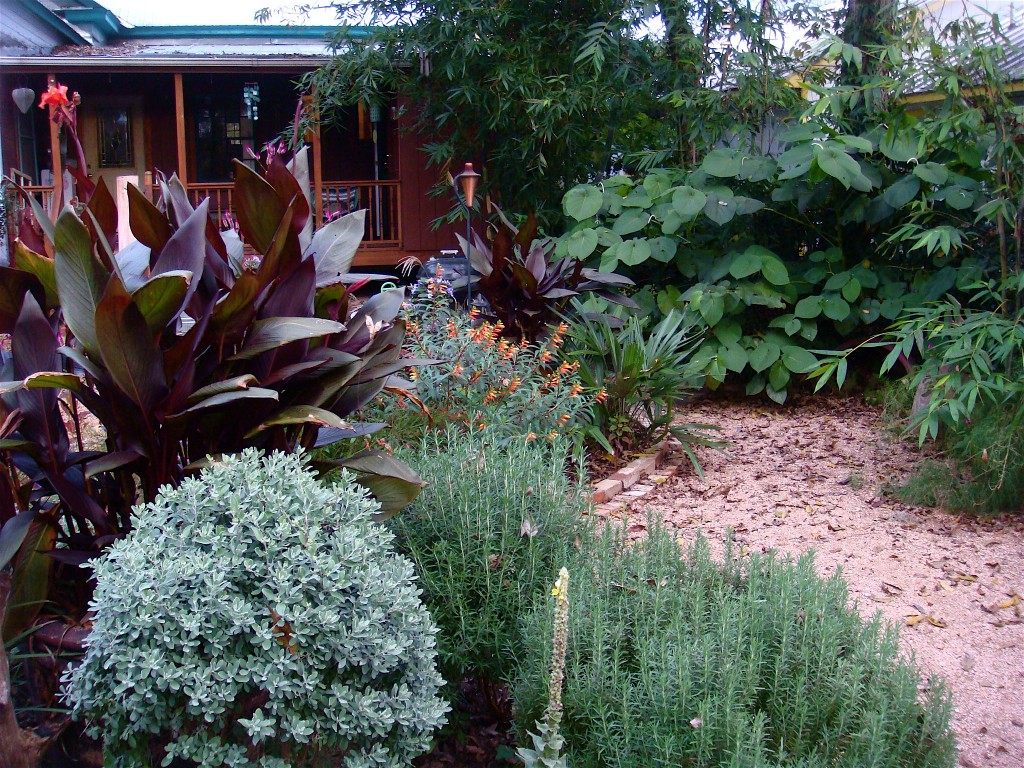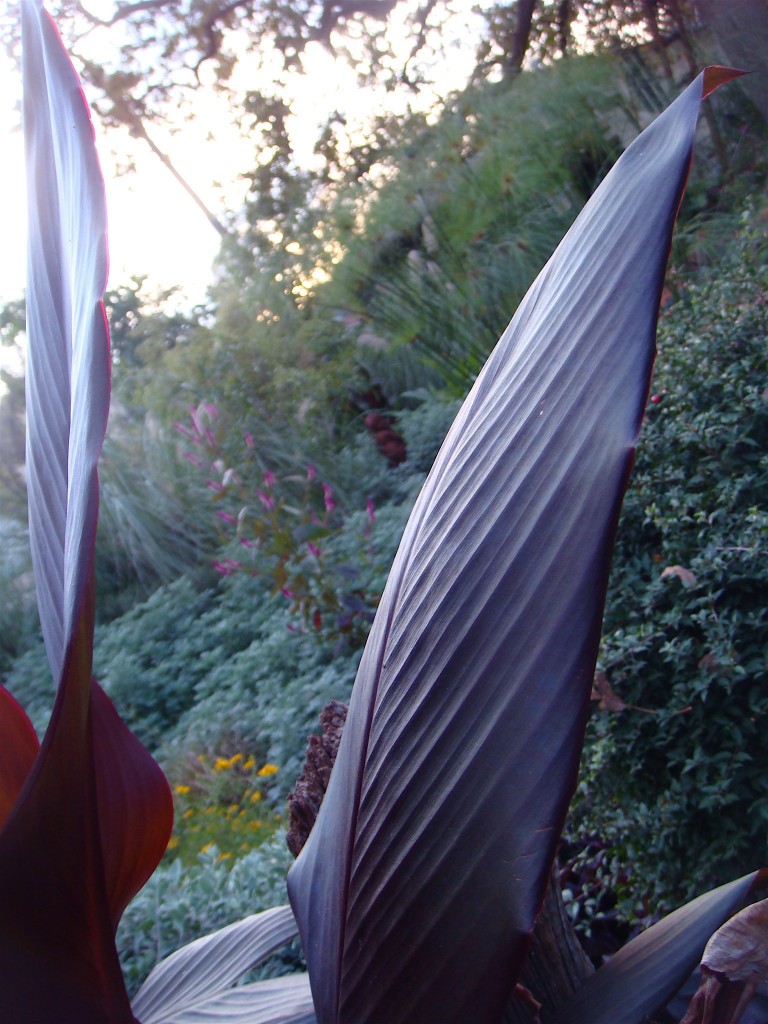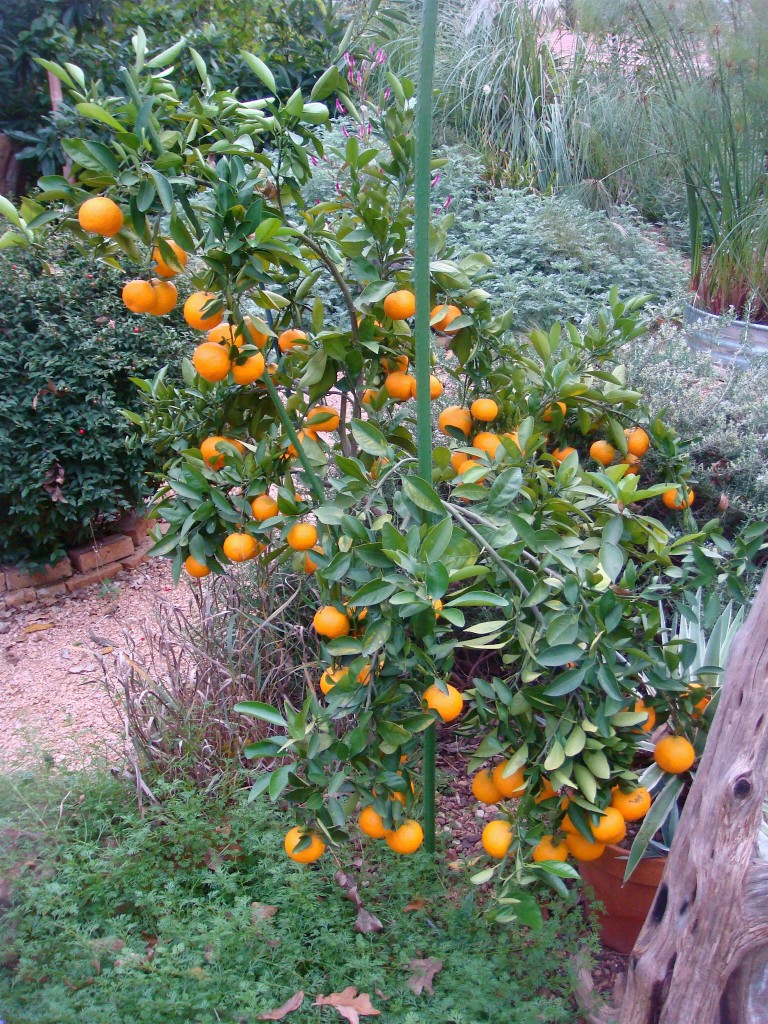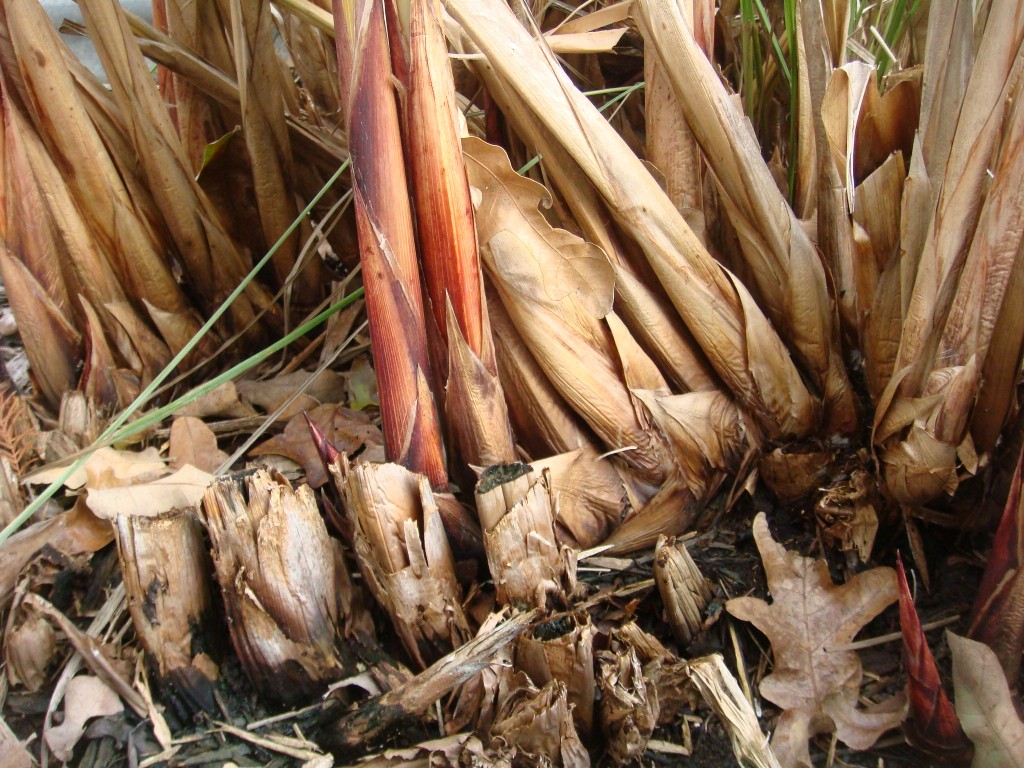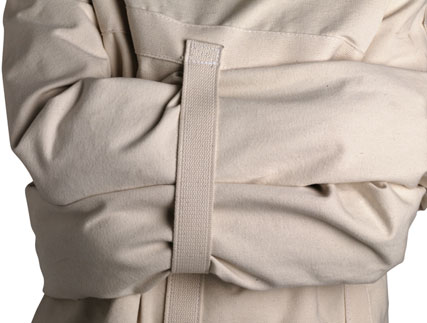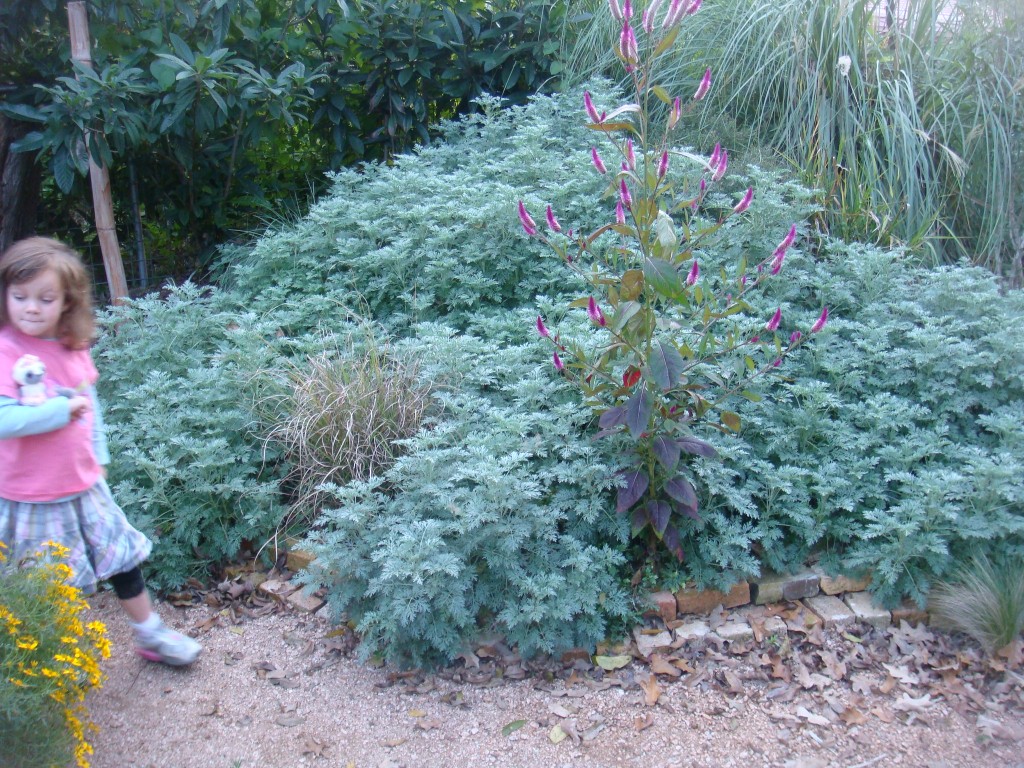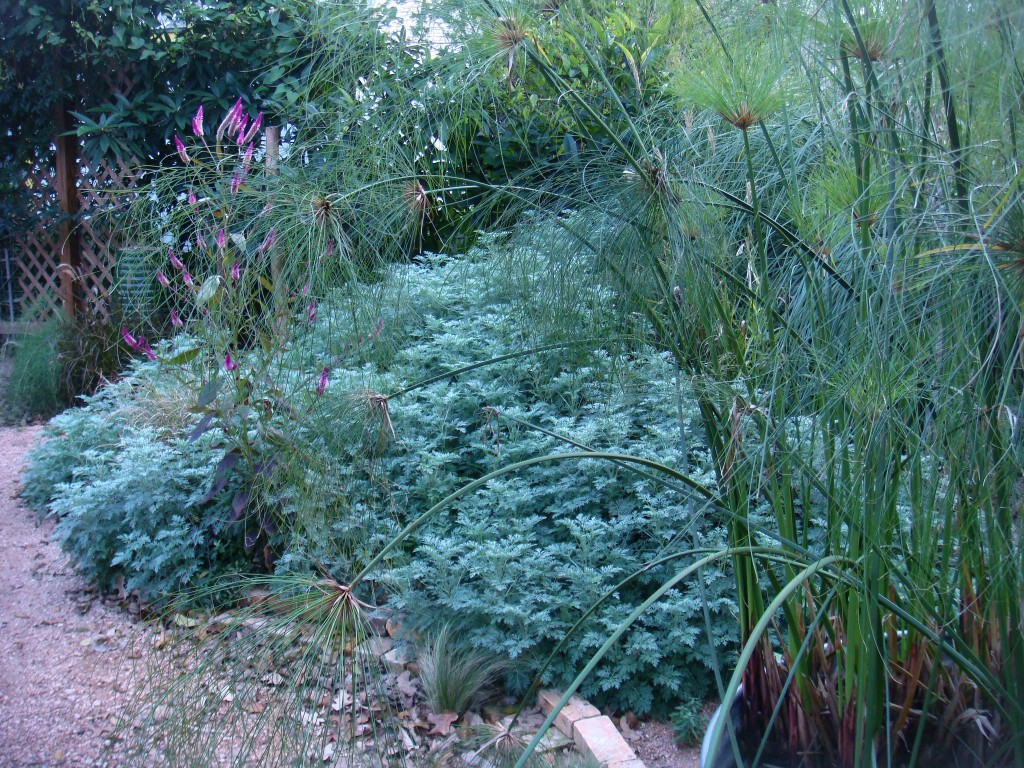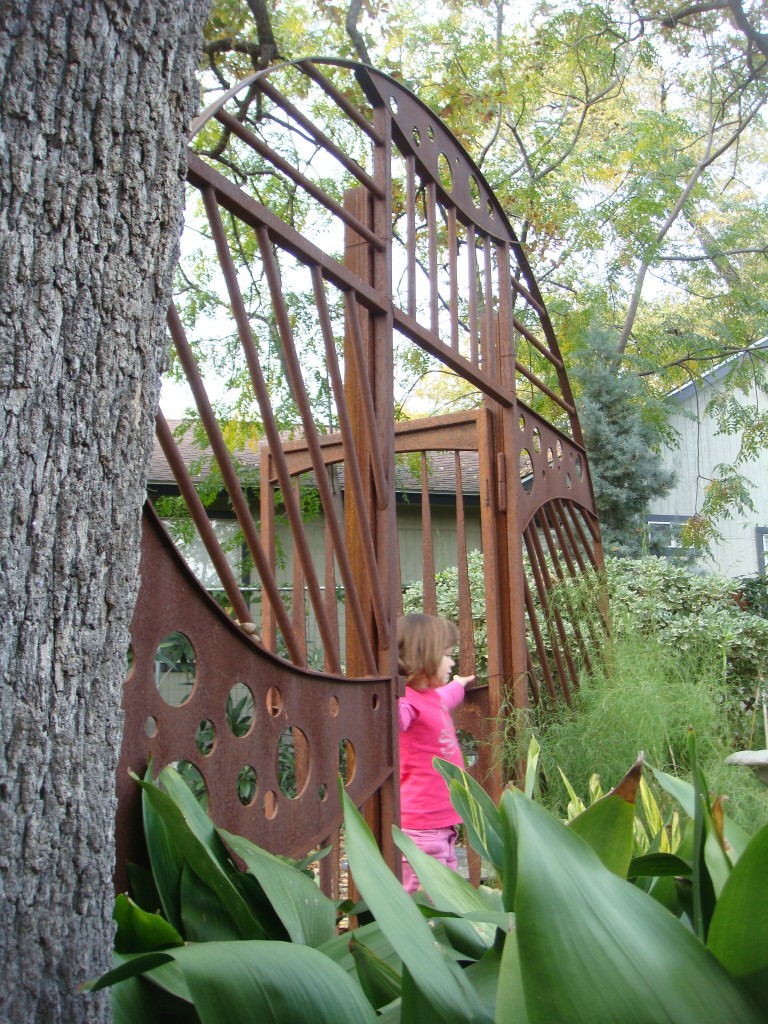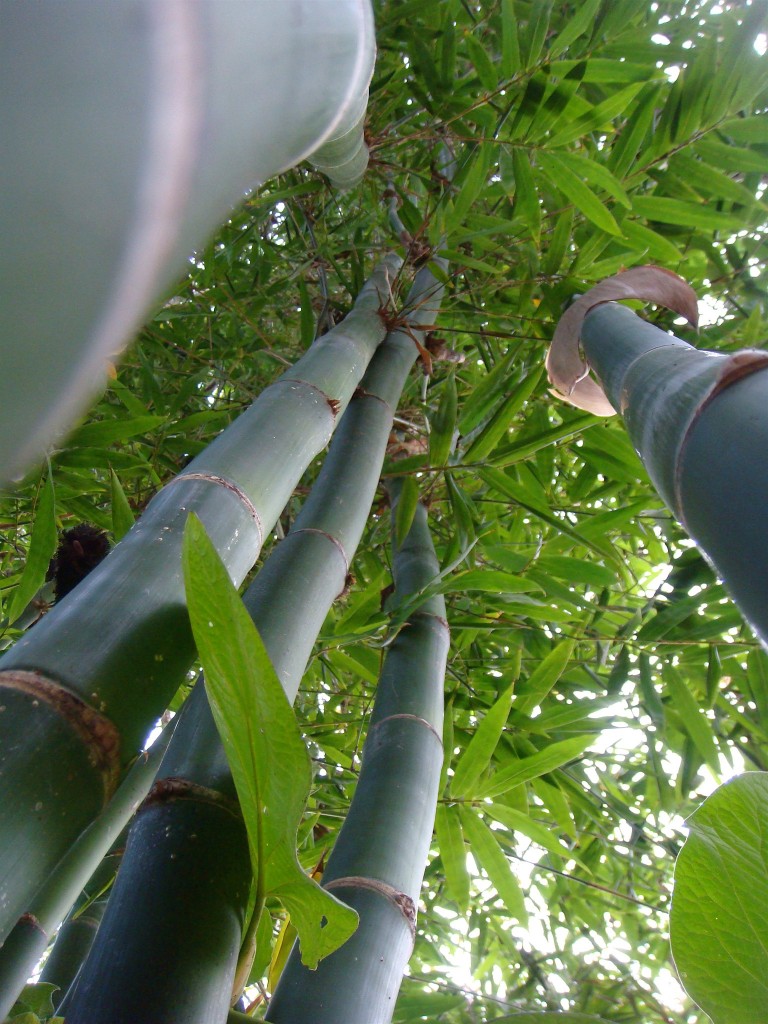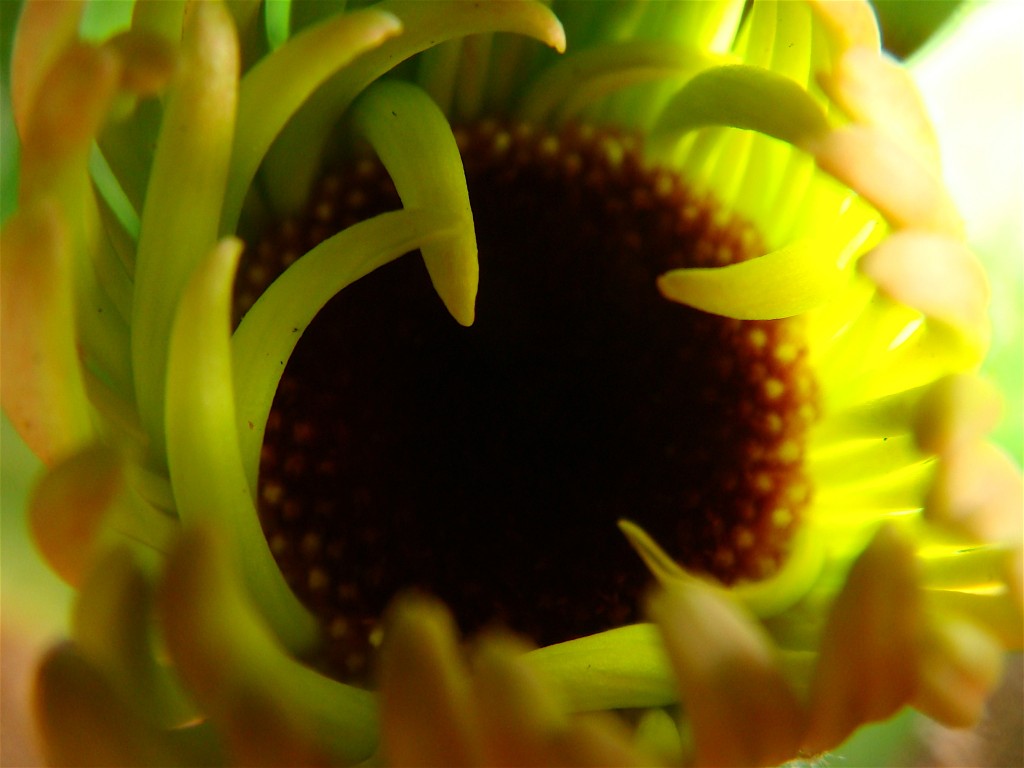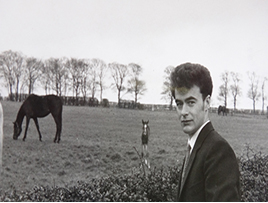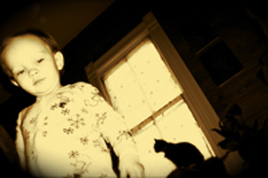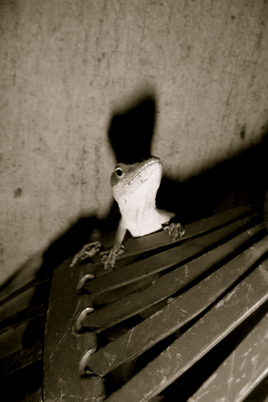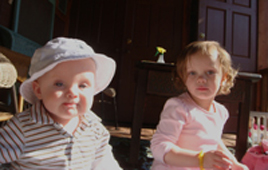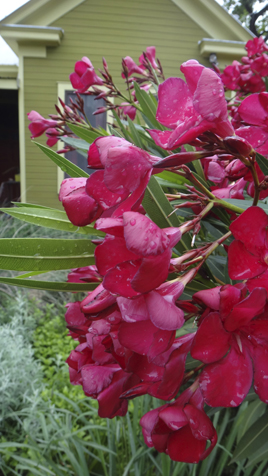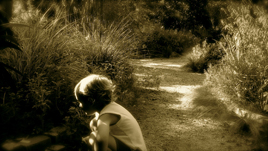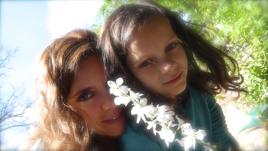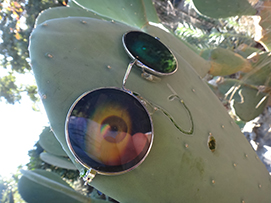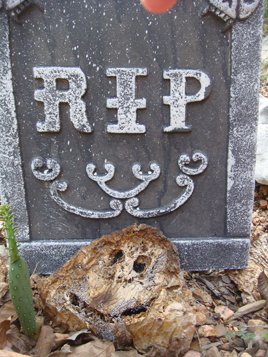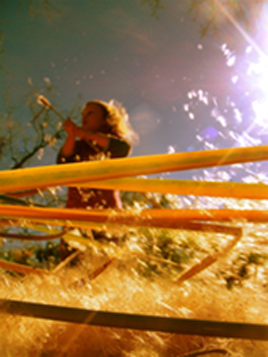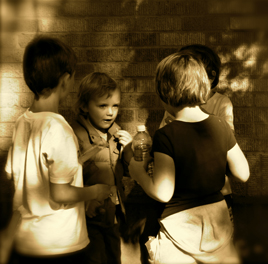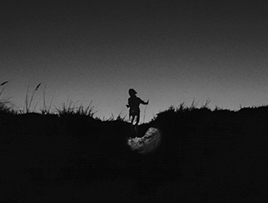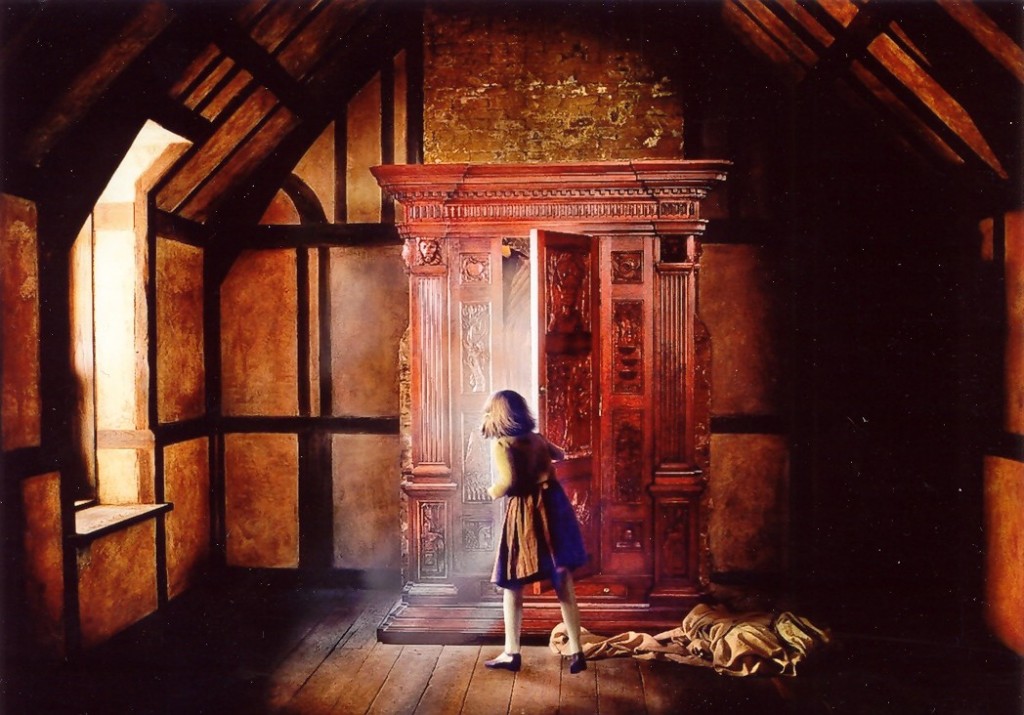
One rainy day, our children decided to explore our house in more detail, our eldest, was curious about the wardrobe in our empty back room.
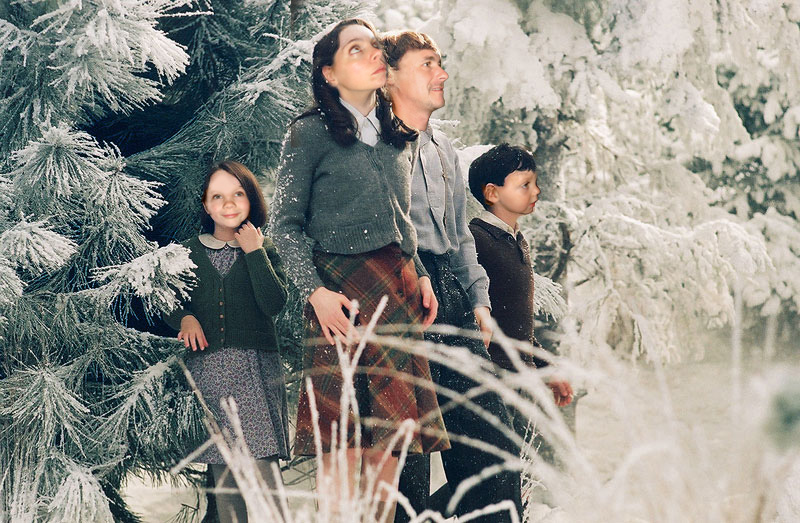 She soon discovered that it was a portal to a snow-covered forest with a landscaped garden that featured a focal gas-light garden “room” in the center. It was here she met a faun, named Tumnus who, as it turned out, was a garden critic for an alternative world magazine. He invited her to his home, and overly manicured formal garden for afternoon tea.
She soon discovered that it was a portal to a snow-covered forest with a landscaped garden that featured a focal gas-light garden “room” in the center. It was here she met a faun, named Tumnus who, as it turned out, was a garden critic for an alternative world magazine. He invited her to his home, and overly manicured formal garden for afternoon tea.



He told her that the land is called Narnia and it is ruled by three ruthless witches, witches who ensure that it is always Winter.
https://www.eastsidepatch.com/about-the-esp-witches/
So that is where the ESP witches spend most of their time! no wonder I never see them, they are escaping the Central Texas heat in the frozen world of Narnia, those crafty witches.
“Are those farmers’ Almanac books Mr Tumnus?”
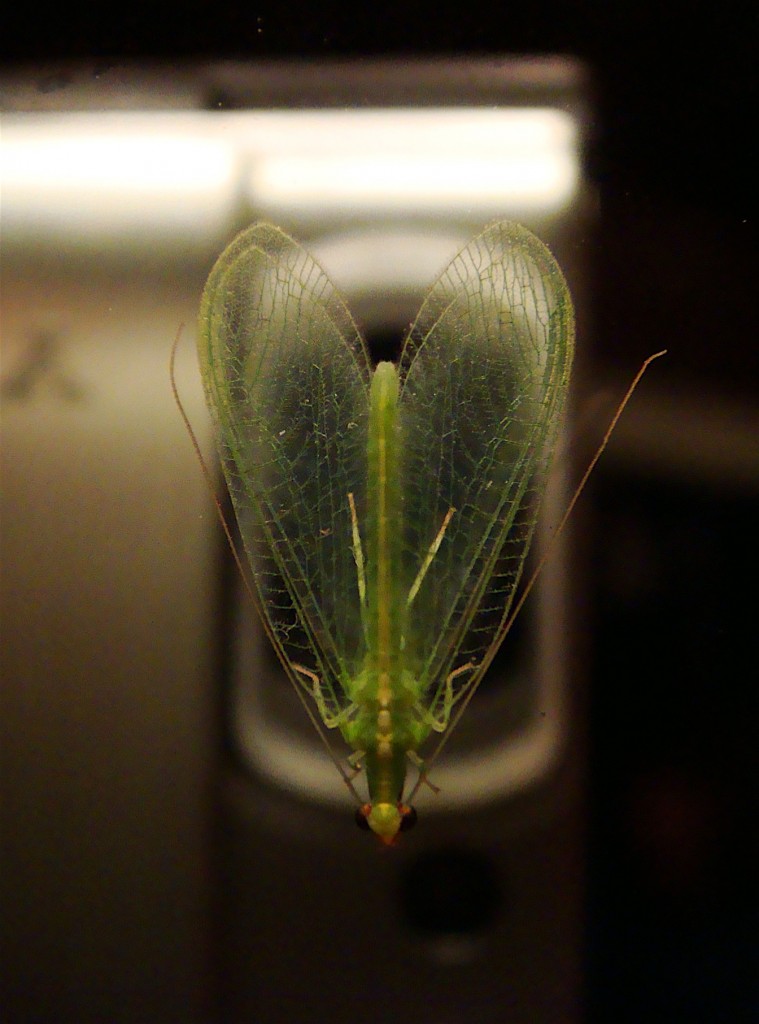 Lacewings and their larvae devour Aphids as if there were no tomorrow. Lacewings have a liking for the warmth and comfort of a house during the autumn and winter months, you can often find them indoors, lounging on lazy-boys, watching holiday specials. This one was being particularly vain, grooming and muttering how beautiful she was on my bathroom mirror, she needs to meet “The Lady”.
Lacewings and their larvae devour Aphids as if there were no tomorrow. Lacewings have a liking for the warmth and comfort of a house during the autumn and winter months, you can often find them indoors, lounging on lazy-boys, watching holiday specials. This one was being particularly vain, grooming and muttering how beautiful she was on my bathroom mirror, she needs to meet “The Lady”.
My burgundy Cannas and Hoja Santa are also proud of their looks right now. The recent rains have made them spring to new heights. I like how the Giant Timber Bamboo leaves look (right), in front of the Hoja Santa, such a great spiky/round contrast of foliage.
The texture and color on the burgundy Cannas make them a must-have in the Patch. I have a number of these containered, stately dark lords dotted around the ESP. I do like the way they look, and if placed in a sufficiently large “Texas” container, they do perform extremely well, even in our hottest months. I give my pots a good top dressing of home-made compost every year to replenish the soil as the continuous summer watering washes out the nutrients from the soil. These Cannas will die back to the ground with the first freeze, which should not be too far away.
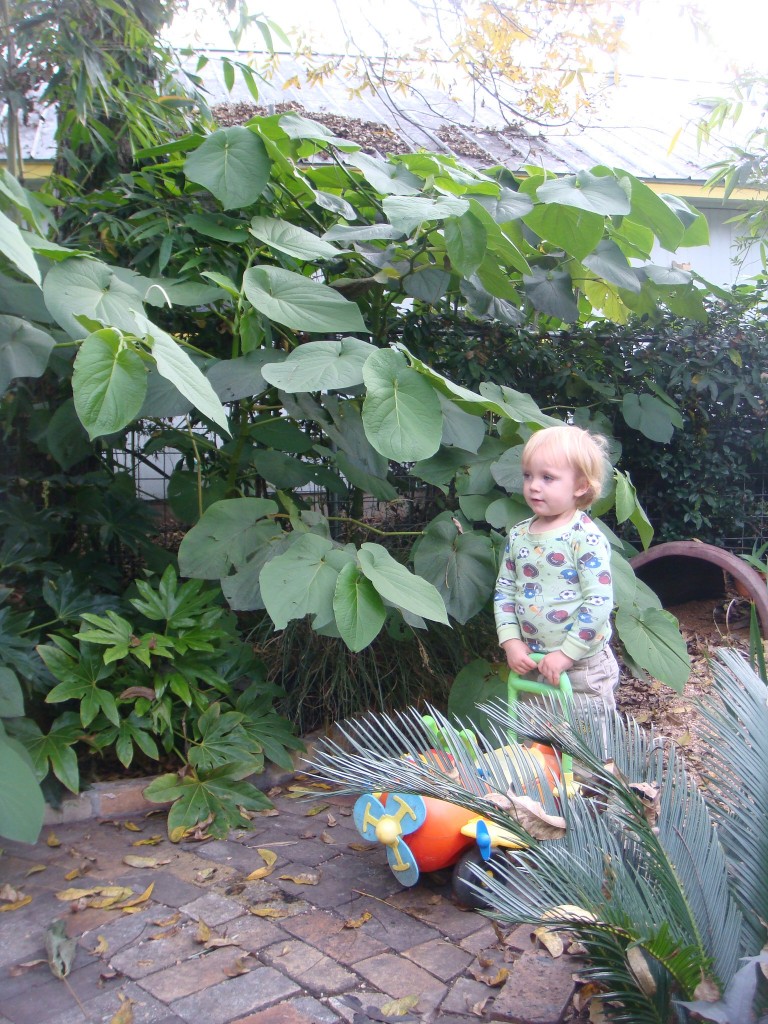 This pilot risked an emergency landing next to a large stand of Hoja Santa, after almost hitting this satsuma tree.
This pilot risked an emergency landing next to a large stand of Hoja Santa, after almost hitting this satsuma tree.
Today was to be harvest day. I noticed a couple of bugs drilling holes into some of them, and realized they needed to be picked, immediately.
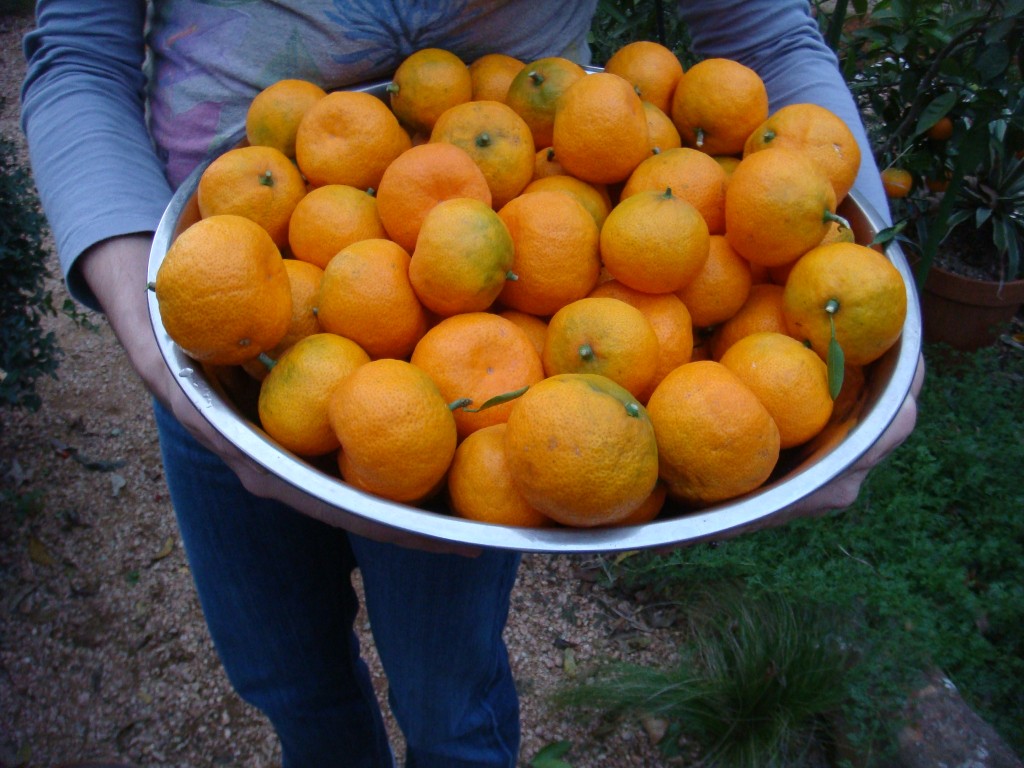 We counted 97! I am sure the tree will spend some time relaxing after being relieved of all this weight. I think we will be tired of satsumas after this harvest.
We counted 97! I am sure the tree will spend some time relaxing after being relieved of all this weight. I think we will be tired of satsumas after this harvest.
Reconstructing a pharoh…


Photograph: Supreme Council of Antiquities, Egypt, and National Geographic Society, 2005
Egypt’s Supreme Council of Antiquities has worked with CT scans to recreate what King Tutankhamun’s face would have looked like when he was alive. Three teams of forensic artists and scientists—from France, the United States and Egypt—each built a model of the boy pharaoh’s face based on some 1,700 high-resolution photos from CT scans of his mummy to reveal what he looked like the day he died nearly 3,300 years ago.
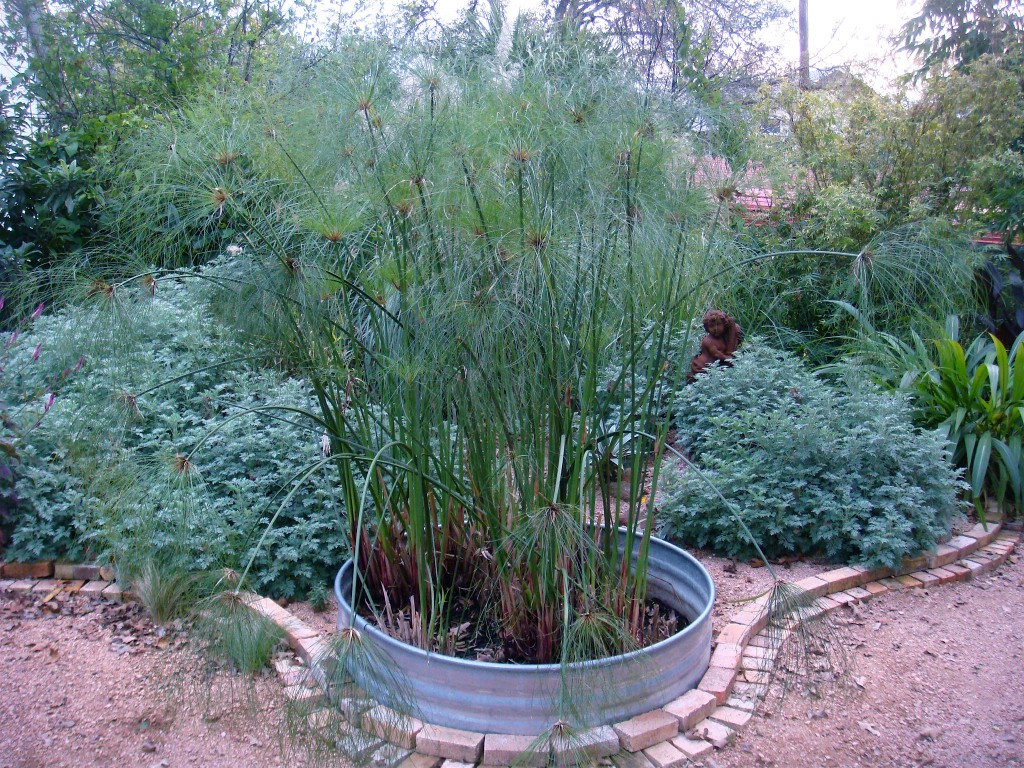 Giant Papyrus, King Tut or Egyptian paper reed. This one is about nine feet tall. My goal is to totally fill this tank up.
Giant Papyrus, King Tut or Egyptian paper reed. This one is about nine feet tall. My goal is to totally fill this tank up.
Cyperus papyrus
I started out with a single clump of papyrus and I have been dividing it around the interior of this buried stock tank for some time, long enough for some stubborn grass seed to blow in. I now have to go in about four times a year to snip this grass back, it is too embedded into these roots and stalks to extract it. Oh yes, this is almost as annoying as the grass that insists on growing tight up the side of my barrel cactus.
Arrrrrghhhhh!
These Artemisia hills behind my stock-tank “Tut” (try saying that one a few times) are in their prime right now. They will soon get too leggy and be ready for a good winter whacking back.
But for now this frosty waterfall of a plant remains quite fitting for this post’s Narnia theme.
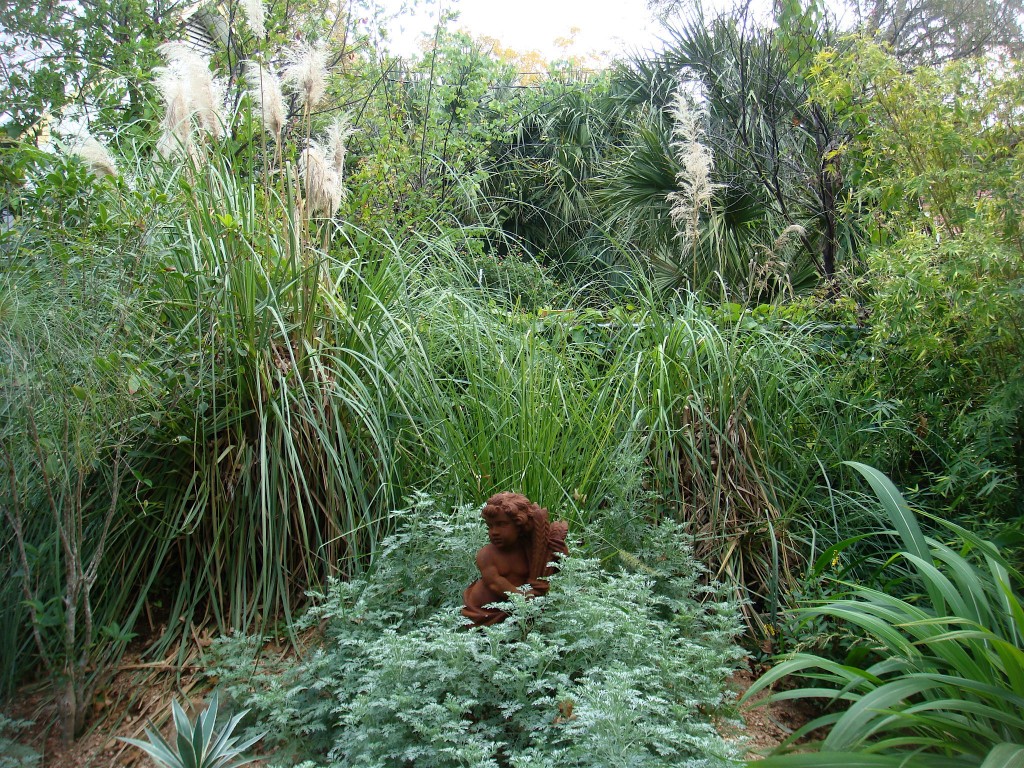 Nearby, a “borrowed” scene courtesy of my neighbors distant and quite magnificent palms. You can make out the ESP property line fence in the foreground behind the pampas grasses.`The grass on the right…
Nearby, a “borrowed” scene courtesy of my neighbors distant and quite magnificent palms. You can make out the ESP property line fence in the foreground behind the pampas grasses.`The grass on the right…
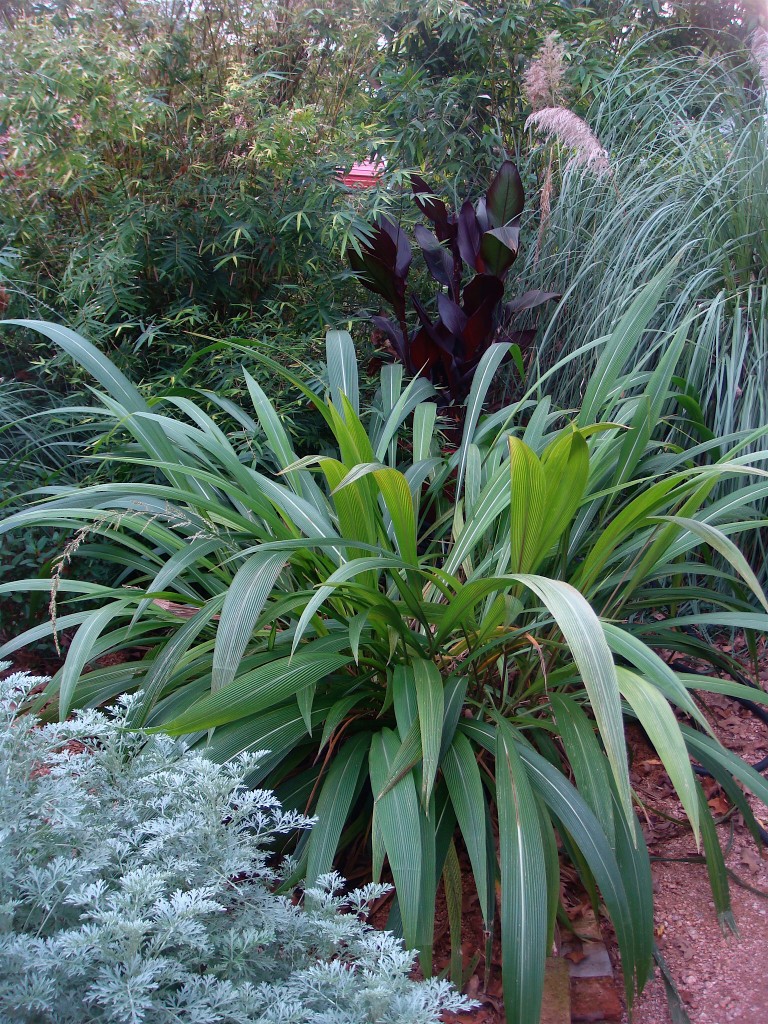 is palm grass, or bristle grass, a native of India.
is palm grass, or bristle grass, a native of India.
Setaria palmifolia
This plant has become a troublesome weed throughout much of the tropical and subtropical Pacific region, and it can be here in Austin. I know, I have first hand experience of this when I left one to go to seed a few years ago, my neighbor had about eight new palm grasses in no time at all! I now go around and cut off the seed-heads as they develop to ensure it does not become a problem. I love this tropical grass, it just requires a bit of taming…well worth the effort.
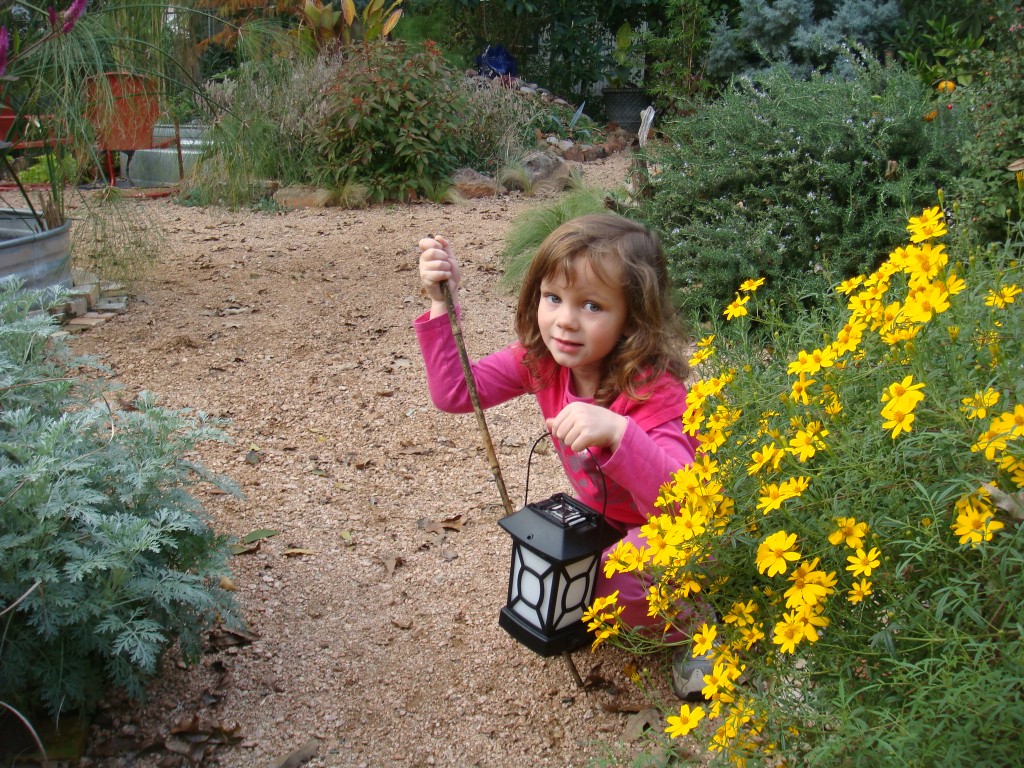 As I rounded the corner next to the Artemisia I was confronted by this hobbling gatekeeper who shuffled out from behind my copper canyon daisy. She demanded a candy toll before pulling open the squeaky metal gate, granting me safe passage to go to the pond and feed the fish.
As I rounded the corner next to the Artemisia I was confronted by this hobbling gatekeeper who shuffled out from behind my copper canyon daisy. She demanded a candy toll before pulling open the squeaky metal gate, granting me safe passage to go to the pond and feed the fish.
Observations this week…
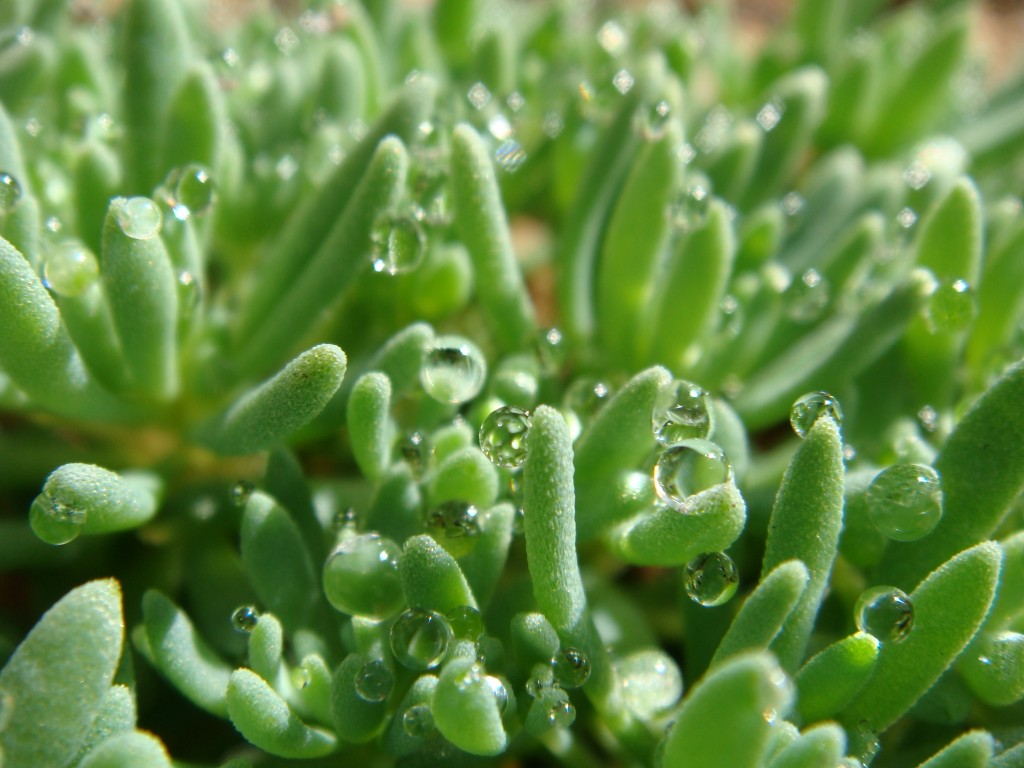 The water beads on this tiny succulent seem to be under some form of enchantment spell that enabled them to defy the laws of physics.
The water beads on this tiny succulent seem to be under some form of enchantment spell that enabled them to defy the laws of physics.
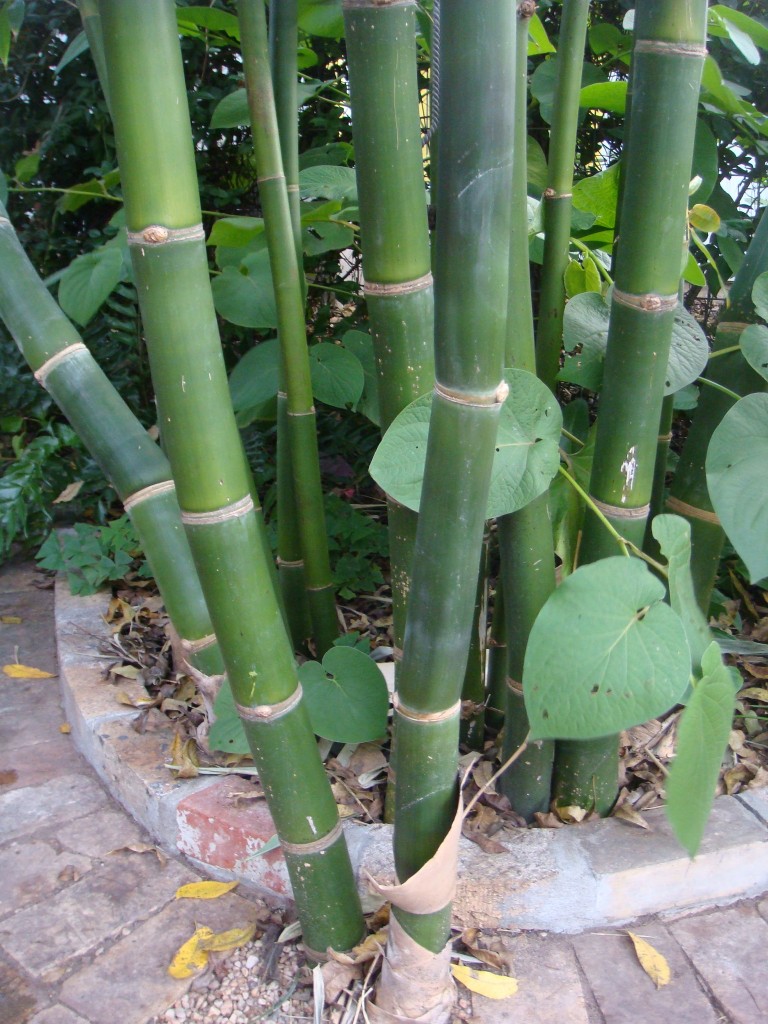 So after this season, the culm-count that have jumped the bed is up to two…but do I care?
So after this season, the culm-count that have jumped the bed is up to two…but do I care?
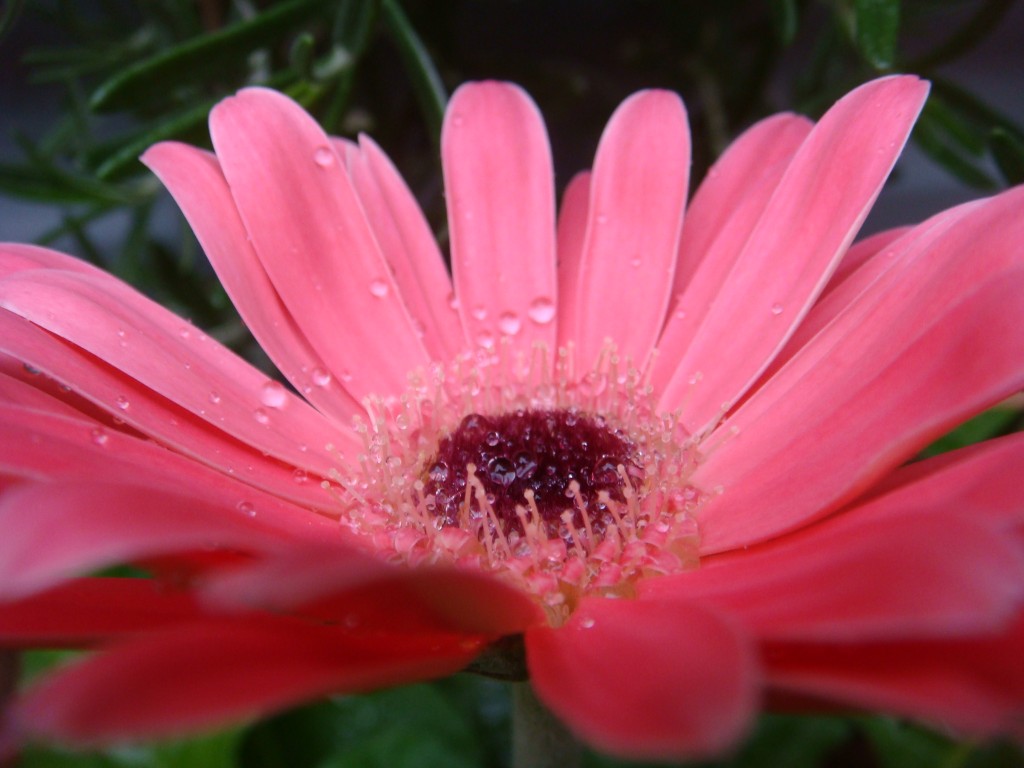 And a pink daisy after a shower, or is it a jam, good enough to eat, tart.
And a pink daisy after a shower, or is it a jam, good enough to eat, tart.
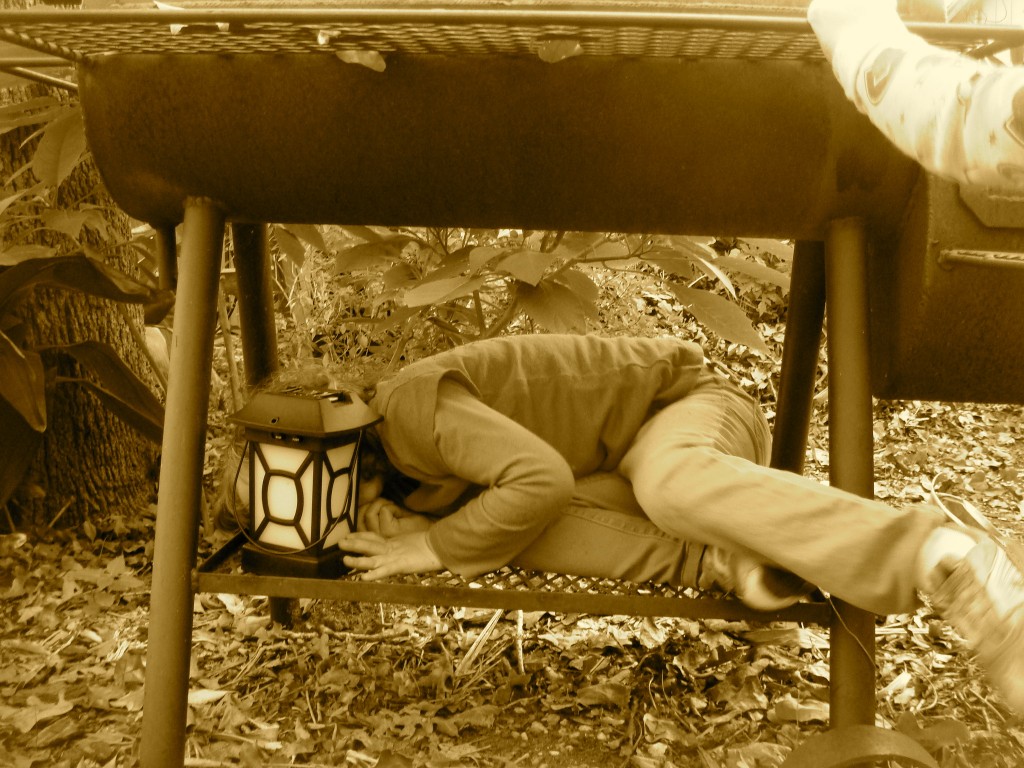
My smoker barbecue pit this week turned into an ESP “campground” for no apparent reason other than it is there and it is a somewhat triangulated structure.
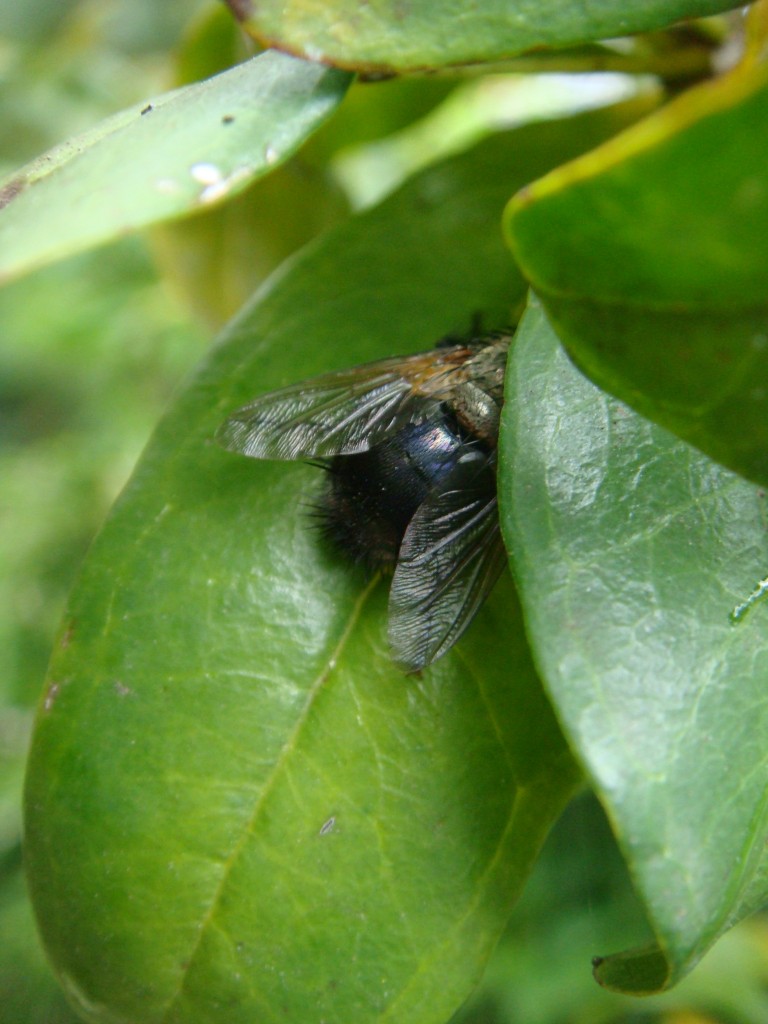 Another hider, so this is where flies go in a downpour. This hoverfly made sure it was staying totally dry as the rain came down.
Another hider, so this is where flies go in a downpour. This hoverfly made sure it was staying totally dry as the rain came down.
Stay Tuned for:
“Wind in Our Sails”
All material © 2009 for eastsidepatch. Unauthorized
intergalactic reproduction strictly prohibited, and
punishable by late (and extremely unpleasant)
14th century planet Earth techniques.

